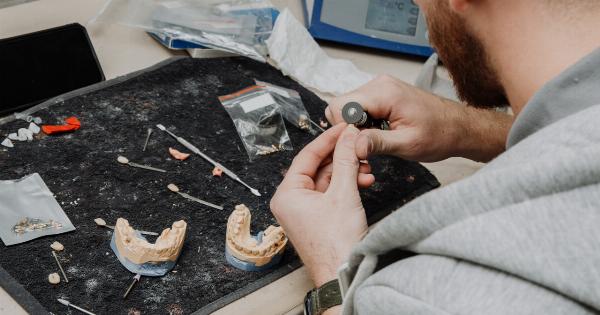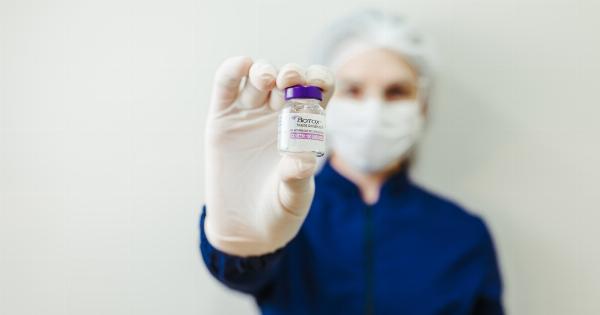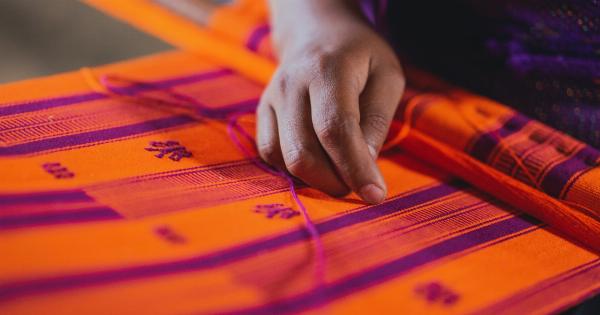Varicose veins are a common condition that affects millions of people worldwide. These dilated and twisted veins can not only be unsightly but can also cause discomfort, pain, and other complications.
Traditional treatment methods for varicose veins include surgical procedures such as vein ligation and stripping, but these interventions often come with risks and downtime. However, the field of medical science is continuously evolving, and advanced hemodynamics has emerged as an innovative approach for treating varicose veins effectively.
Understanding Varicose Veins
Before diving into advanced hemodynamics, it is essential to grasp the fundamentals of varicose veins. Veins in our body have one-way valves that help blood flow upwards towards the heart.
When these valves become weak or damaged, blood can accumulate in the veins, leading to their enlargement and consequent appearance as varicose veins. The most common locations for varicose veins include the legs and feet, where the pressure from standing and walking is highest.
The Impact of Varicose Veins
Varicose veins can cause various symptoms and complications, including:.
- Pain, aching, or heaviness in the legs
- Swelling and inflammation
- Cramping or restless legs
- Itching or dry skin
- Ulcers or sores (in severe cases)
Moreover, varicose veins can negatively affect a person’s self-esteem and body image, leading to feelings of embarrassment and reduced quality of life.
Hence, seeking appropriate treatment for varicose veins is crucial to alleviate symptoms and prevent further complications.
Traditional Treatment Methods
Historically, surgical procedures have been employed to treat varicose veins. These methods involve ligation (tying off) and stripping (removal) of the affected veins to redirect blood flow.
While effective, these surgical interventions can be invasive, require general anesthesia, and often result in scarring and a lengthy recovery period.
Sclerotherapy is another traditional treatment option for varicose veins. It involves injecting a solution into the affected veins, which irritates the vein walls and causes them to stick together.
Over time, the treated veins fade away as they are reabsorbed by the body. Although sclerotherapy is minimally invasive, multiple sessions may be required, and it may not be suitable for large or deeply embedded varicose veins.
Advanced Hemodynamics: A Breakthrough Approach
Advanced hemodynamics is a cutting-edge treatment modality that addresses varicose veins using non-invasive techniques.
This innovative approach focuses on improving blood flow and restoring the natural function of the affected veins, thereby eliminating the need for surgery or other invasive procedures.
One of the key techniques in advanced hemodynamics is endovenous laser ablation (EVLA). EVLA involves the use of laser energy to seal off the damaged vein.
A thin fiber is inserted into the vein, and laser energy is applied, causing the vein to collapse and seal shut. Blood flow is automatically redirected to healthier veins, relieving symptoms and reducing the appearance of varicose veins.
Catheter-directed foam sclerotherapy is another popular technique in advanced hemodynamics. In this procedure, a foam solution is injected into the varicose veins using a tiny catheter.
The foam displaces the blood within the vein, allowing the sclerosant to come into direct contact with the vessel wall. This leads to irritation and closure of the vein, eventually causing it to fade away.
The Benefits of Advanced Hemodynamics
Choosing advanced hemodynamics for the treatment of varicose veins offers several advantages:.
- Non-invasive: Advanced hemodynamics techniques are typically minimally invasive or non-invasive, reducing the risk of complications and shortening recovery time.
- No general anesthesia: Most procedures can be performed using local anesthesia, eliminating the need for general anesthesia and the associated risks.
- Minimal scarring: Unlike traditional surgical methods, advanced hemodynamics procedures leave little to no visible scarring.
- Improved comfort: Patients undergoing advanced hemodynamics experience less pain during and after the procedure compared to traditional surgeries.
- Quick recovery: Recovery time is significantly shorter with advanced hemodynamics, allowing patients to resume normal activities sooner.
- High success rates: Advanced hemodynamics techniques have demonstrated high success rates in treating varicose veins and reducing symptoms effectively.
Who is a Candidate for Advanced Hemodynamics?
Candidates for advanced hemodynamics treatment of varicose veins include individuals who:.
- Experience pain, discomfort, or other symptoms caused by varicose veins
- Desire a non-invasive or minimally invasive treatment option
- Do not have severe underlying vascular diseases
- Are not pregnant or breastfeeding
However, it is essential to consult with a qualified healthcare professional to determine the most appropriate treatment plan based on an individual’s specific condition and medical history.
The Future of Varicose Vein Treatment
As medical technology continues to advance, the treatment options for varicose veins are expected to further evolve.
Ongoing research focuses on developing innovative techniques and technologies to enhance the outcomes of advanced hemodynamics procedures.
One such emerging treatment is the use of biological adhesives to seal varicose veins. These adhesives can be introduced into the vein via a catheter, sealing it shut and rerouting blood flow.
This approach may offer the benefit of faster vein closure and reduced procedure time compared to existing methods.
Conclusion
Varicose veins are a common vascular condition that can cause discomfort and self-esteem issues for those affected.
The treatment of varicose veins has significantly evolved with the advent of advanced hemodynamics techniques, such as endovenous laser ablation and catheter-directed foam sclerotherapy. By harnessing the power of these innovative procedures, individuals can undergo effective varicose vein treatment without the need for invasive surgeries.
Furthermore, ongoing research and development in this field promise even more exciting and efficient treatment options for varicose veins in the future.




























